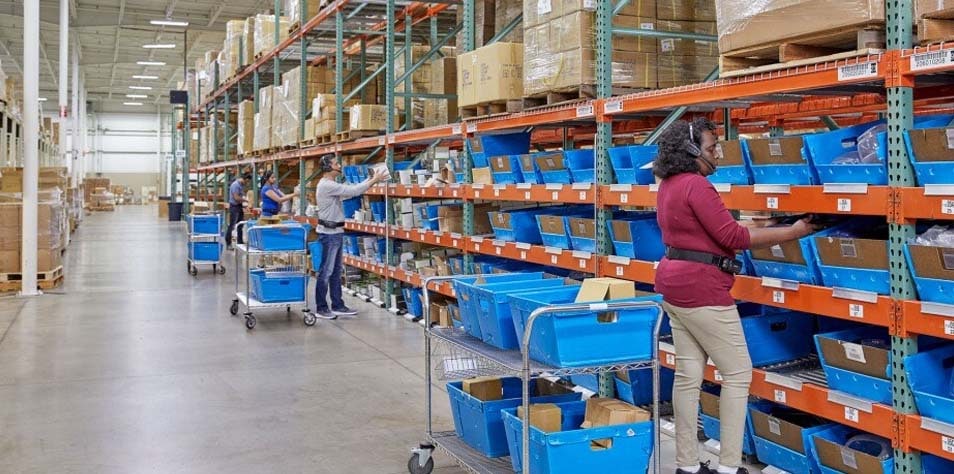-
Global
-
Africa
-
Asia Pacific
-
Europe
-
Latin America
-
Middle East
-
North America
- |
- Partners
- |
- Blog
- |
- Contact Us
- |
-
Services
Services
-
Productivity
Productivity -
Safety
Safety -
Warehouse Automation
Warehouse Automation
-
-
Industries
Industries
-
Healthcare and Life Sciences
Healthcare and Life Sciences -
Transportation and Logistics
Transportation and Logistics -
Manufacturing
Manufacturing -
Distribution Centers
-
Retail
Retail -
E-Commerce
-
Infrastructure
Infrastructure -
Government
Government -
Aerospace and Defense
-
Electrification
-
-
Support
Support
-
Productivity
Productivity -
Safety
Safety -
Sensing Solutions
Sensing Solutions-
Training
-
Sales Contact Form
-
Technical Support
-
Certificates
-
eCOM Portal
-
Distributor Inventory
-
Blog
-
Return Material Authorization (Test & Measurement)
-
Return Material Authorization (Citytech)
-
Return Material Authorization (EnviteC)
-
Legal Documents
-
Return Material Authorization (ILC)
-
Intelligent Life Care
-
-
Warehouse Automation
Warehouse Automation -
Global Tracking
Global Tracking
-
-
Where to Buy
Where to Buy
You are browsing the product catalog for
How Voice Helps Operations Outperform in the “New Normal”


How Voice Helps Operations Outperform in the “New Normal”
Geoff Anderson
October 14, 2020
The historic events of 2020 have changed our world. Retail distribution and fulfillment (D&F) operations have faced unprecedented disruption, with more Americans shopping online for a wider selection of items than ever before as they shelter at home. As e-commerce demands escalated due to pandemic-related panic buying, managers of essential (grocery) retail distribution centers (DCs) suddenly had to ramp up operations in an effort to keep items available for click-and-collect purchases or click-and-deliver fulfillment. Then, when non-essential, brick-and-mortar storefronts re-opened, retailers experienced yet another surge in demand.
Operations added extra staff, training and equipment to onboard new hires quickly and keep pace with increased order volumes. Further, managers implemented unprecedented safety and hygiene standards to safeguard worker health — including establishing social distancing and other safety protocols — while planning for potential pandemic-related absences.
History has shown that global disruptor events precipitate change beyond a point of no return. Many industry experts believe we are at that point now. The “new normal” will likely see ongoing growth in e-commerce food and non-food sectors and less in-store shopping. In the DC, social distancing and other hygiene protocols will continue. And the potential for a second wave of illness remains a possibility. How can warehouses of all sizes best prepare for these new world challenges?
In our most recent On The Move webinar, I shared how voice technology can help DC operators maintain productivity while enhancing employee safety.
How can voice help?
Voice-guided workflows have been moving workers safely and efficiently for decades, enabling them to be hands-free and eyes-free while directing them from one task to the next. Regardless of where voice is deployed within a mobile workflow — picking, receiving, replenishment, put-away, cycle counting and returns — the technology minimizes steps and maximizes safety, efficiency and accuracy for an overall increase in profitability.
In a COVID-19 world, voice technology enables facilities to outperform when facing the challenges of the “new normal.” Here are four ways voice-guided workflows can help your operation, regardless of its size:
- Standardizing processes — Associates receive clear, verbal instructions that direct them to perform a task — such as where to find a pick location and how many items to select from that position to fill a specific order — with no deviation. This increases accuracy up to 99.9%, minimizing returns. It also boosts productivity by as much as 35%, helping operations meet the challenges of increased customer demand.
- Executing tasks — Upon the completion of each task, workers speak a confirmation into the mic on the headset, validating their work in real time to ensure flawless compliance and execution. Voice also allows multiple orders to be selected concurrently, boosting efficiency. Further, intuitive, voice-guided instruction cuts new employee training time in half, allowing new hires to begin working at much higher productivity and accuracy levels, all while wearing the appropriate personal protective equipment (PPE).
- Optimizing operations — The wireless, mobile devices integrated with Honeywell Voice are powered by software capable of detecting and understanding spoken commands in more than 40 languages — even when uttered from behind a face mask. This cuts training time across a diverse workforce in half, allowing new hires to begin working at much higher productivity and accuracy levels. Data collected by the system further provides options for reporting, predictive analytics, and the determination of bottlenecks and other performance inhibitors, contributing to continuous improvement.
- Enhancing safety — Working seamlessly in conjunction with PPE, voice technology strengthens safety protocols for social distancing and sanitation on the job. Honeywell Voice’s proprietary TouchConnect™ software automatically pairs headsets and terminals to minimize handling. To further reduce the risks of cross-contamination, workers can be assigned individual devices (headsets and body-worn terminals) or replaceable consumables (headbands and protective windscreens to shield the headset microphone). Shared components can be easily cleaned and sanitized before and after use to further safeguard employee health. Additionally, Honeywell Voice’s onboard Wi-Fi/Bluetooth® connectivity capabilities can track a wearer’s proximity to others and allow associates to verify appropriate spacing while documenting transgressions for contact tracing.
To learn more about how voice-guided workflows help warehouses increase productivity while enhancing an operation’s safety protocols — as well as improve efficiency, productivity and profitability — in the “new normal,” view our webinar titled Preparing Your Warehouse for New World Challenges.
To subscribe to our blog and receive exclusive communications and updates from Honeywell Intelligrated, click here.
Let's Connect!
Sign up to receive exclusive communications from Honeywell including product updates, technical information, new offerings, events and news, surveys, special offers, and related topics via telephone, email, and other forms of electronic communication.
Copyright © 2024 Honeywell International Inc
Maximum File Size
Maximum Files Exceeded
Due to inactivity you will be logged out in 000 seconds.











